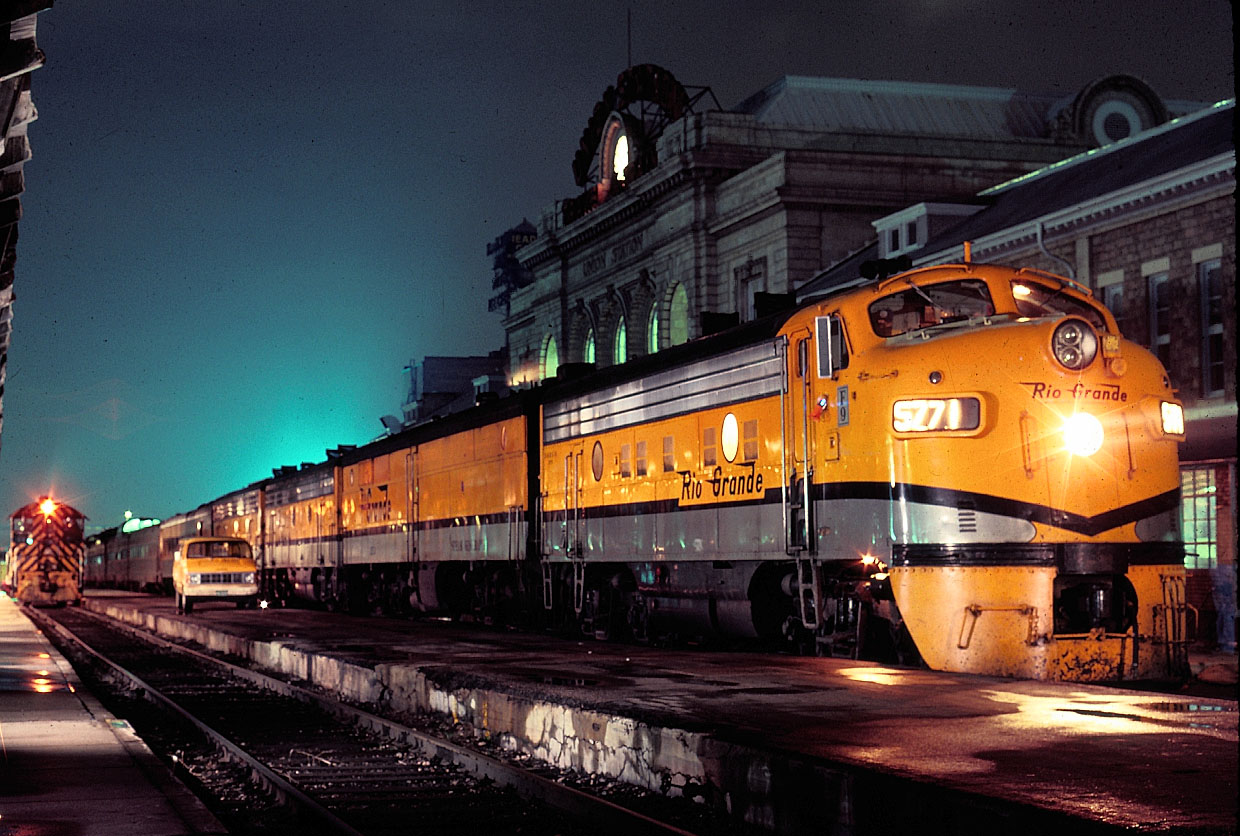 Just realized I haven't posted to this blog since Labor Day. What with getting my new novel about my train-watching detective Charlie Komensky before the reading public as of October 1, 2014, and everything that entails, there hasn't been much time for blogging, let alone writing my fiction.
Just realized I haven't posted to this blog since Labor Day. What with getting my new novel about my train-watching detective Charlie Komensky before the reading public as of October 1, 2014, and everything that entails, there hasn't been much time for blogging, let alone writing my fiction. Amtrak just keeps plugging along getting worse and worse, and the powers that be seem to think they are doing everything possible to keep Amtrak viable. They're not.
 Part of the problem you can read about here in this article. (Click on image.) Yes! Moving crude by rail is eating up a goodly portion of the capacity of our rail network, and the feds don't seem to give a damn. The railroads certainly don't, to the extent that they are able to set rates and make money to suit their needs. The railroads do not need Amtrak, and probably some, if not all, wish Amtrak would simply go away.
Part of the problem you can read about here in this article. (Click on image.) Yes! Moving crude by rail is eating up a goodly portion of the capacity of our rail network, and the feds don't seem to give a damn. The railroads certainly don't, to the extent that they are able to set rates and make money to suit their needs. The railroads do not need Amtrak, and probably some, if not all, wish Amtrak would simply go away. Another part of the problem is Amtrak management. There is reportage, and evidence, that the current Amtrak CEO has not even tried to spend allocated funds that could improve service. He has put the railroad on the declining side of the 40-plus year old roller coaster with the old reduction of long-distance sleeper services and rationing of, of all things, bottled water for sleeper customers.
A couple of other things are also discouraging to old passenger train riders like me. No the least of these is the airline-like pricing for seats. If the airlines were actually making this system work to the extent that they were grossly profitable, this would make sense. But the airlines are on the same declining side of the roller coaster that the railroads traveled back in the 1960s, when constant reduction in service and reliability and increased discomfort and a disdain for the customer eventually led to Amtrak. Another discouragement is the push for pets on Amtrak. I don't know about my readers, but I know human nature. This is a situation that could get out of control. For an allergic person, it could be fatal. I don't see where the cleaning of Amtrak rooms and coaches is ever going to be complete enough to counteract pet dander.
The real facts are these: You can't rely on Amtrak to be on time unless you are somewhere in the Northeast or Pacific Coast. Otherwise, forget it. You can rely on Amtrak to be late, uncomfortable and too expensive for the kind of customers they are courting by turning the diners into bad fast-food restaurants and the sleepers into bad motels. At this point in time, I can almost rent an RV and travel across the country in more comfort and less trouble and expense.
So blogging Passenger Rail lately has just gotten my blood pressure up and not done a whole lot for my love of railroading. I'll go nap now and you can wake me when the feds decide to develop a comprehensive transportation policy that makes sense and includes trains that are on time and easy to ride.
©2014 - C. A. Turek - mistertrains@gmail.com





.jpg)

